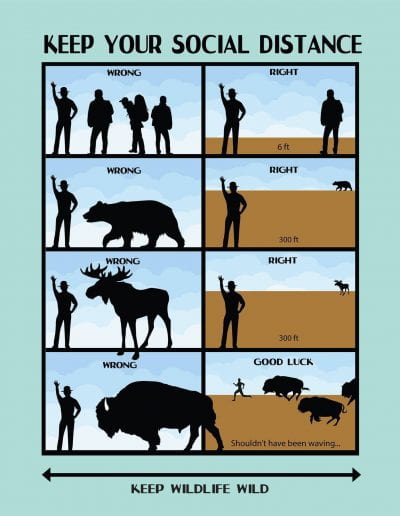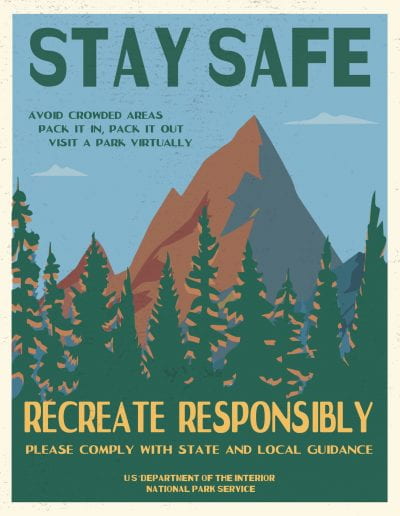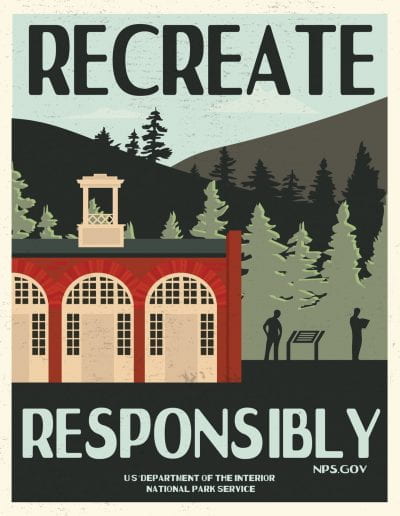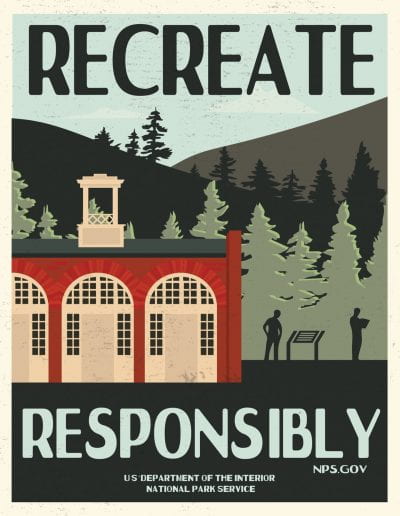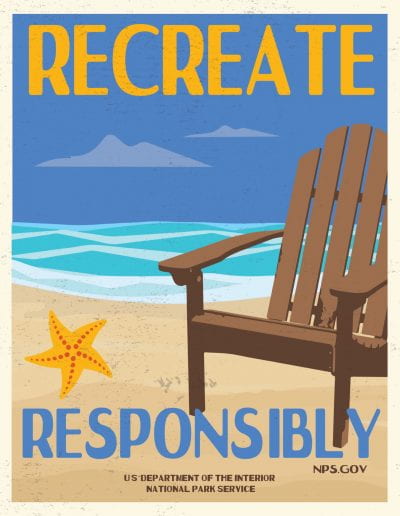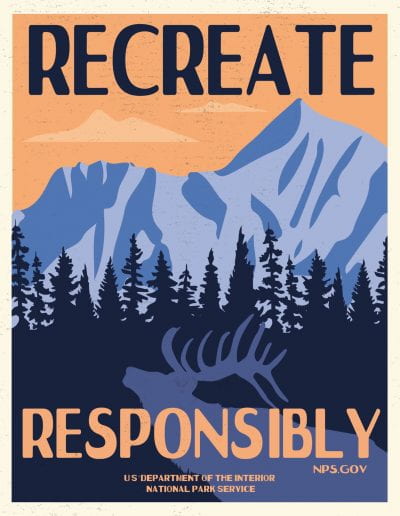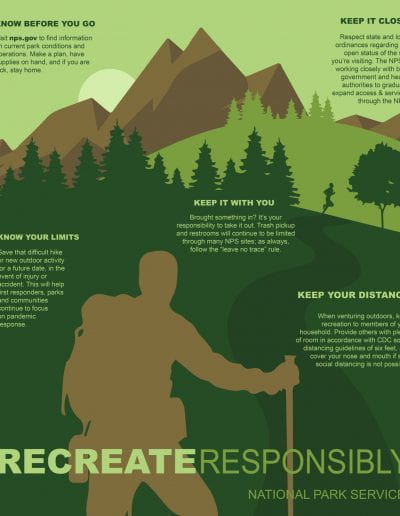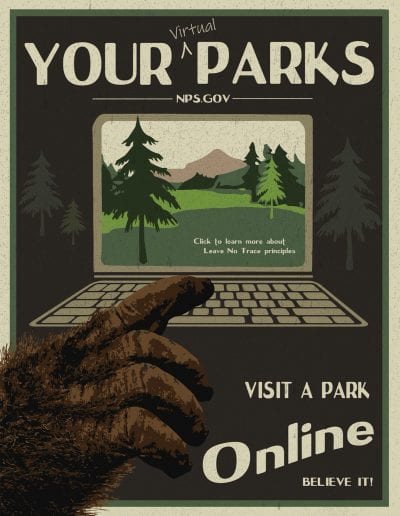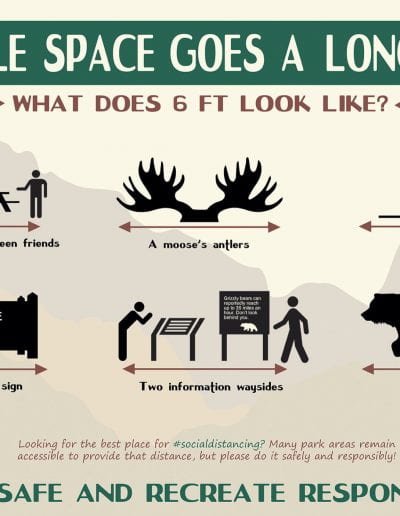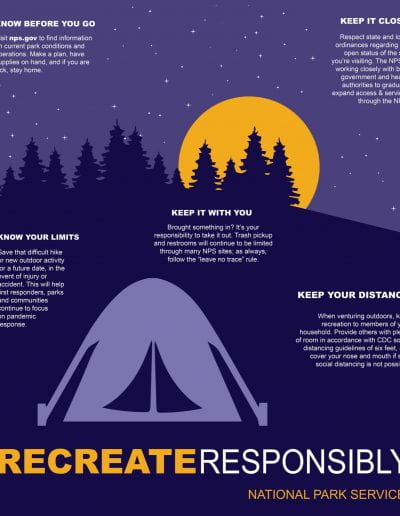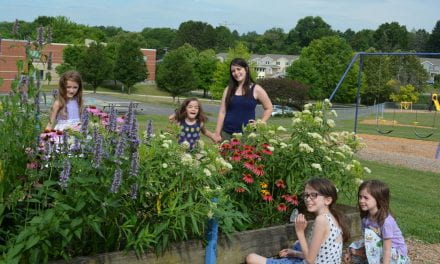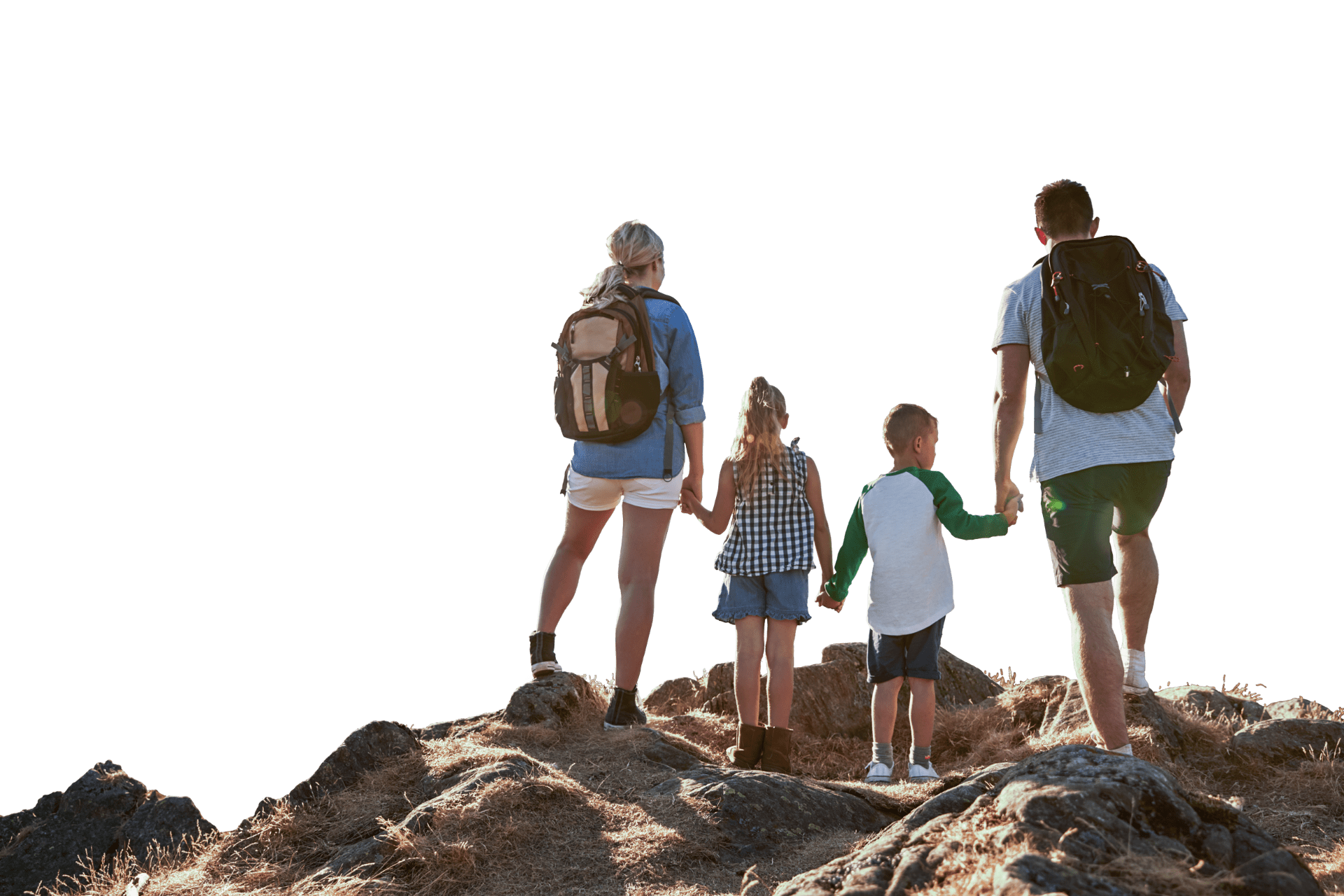
Rules of the Wild: How America’s Wild Spaces are Adapting to the Pandemic
Rules of the Wild: How America’s Wild Spaces are Adapting to the Pandemic
As the pandemic disrupted life in the United States and across the world, the millions of Americans who are avid outdoors enthusiasts faced uncertainty about their ability to enjoy natural areas.
This spring, a group of researchers and graduate students in the Department of Recreation, Park, and Tourism Management worked quickly to understand how the pandemic would affect American outdoor enthusiasts’ abilities to enjoy natural areas over the summer. The researchers surveyed more than 1,000 outdoor enthusiasts across the nation to learn what they thought about how America’s managed natural lands should adapt to the COVID-19 pandemic.
In the News
In June 2020, Taff and his collaborators wrote a news article in The Conversation about the significance of this research.
In the News
In June 2020, Taff and his collaborators wrote a news article in The Conversation about the significance of this research.
As the pandemic disrupted life in the United States and across the world, the millions of Americans who are avid outdoors enthusiasts faced uncertainty about their ability to enjoy natural areas.
This spring, a group of researchers and graduate students in the Department of Recreation, Park, and Tourism Management worked quickly to understand how the pandemic would affect American outdoor enthusiasts’ abilities to enjoy natural areas over the summer. The researchers surveyed more than 1,000 outdoor enthusiasts across the nation to learn what they thought about how America’s managed natural lands should adapt to the COVID-19 pandemic.
“We wanted to understand what people were planning for the summer season when wild areas and parks see the most visitors. said Derrick Taff, assistant professor of recreation, park, and tourism management and lead researcher on the project. “We conducted the survey in three waves during April and May and found that the great majority of people surveyed were willing to comply with stricter rules and greater limitations on the use of natural spaces in order to stay safe during the pandemic.”
The research team recruited participants through the Leave No Trace Center for Outdoor Ethics, a group of people who depend on outdoor recreation as a form of leisure. When the survey was conducted, many national parks and other natural areas were closed. Almost 85% of people surveyed reported the intention to return to public lands as soon as restrictions were lifted. Over the summer, most parks reopened, though some facilities remained closed.
Though outdoor enthusiasts love the outdoors in part for the lack of constraints on their freedom, the researchers found that the COVID-19 pandemic had changed this perspective. Seventy-five percent of people surveyed agreed that parks should limit capacity because of the pandemic. This finding is among the most surprising results from the research, since capacity limits are traditionally very unpopular with outdoor enthusiasts. Furthermore, 95% of survey respondents wanted park staff to use personal protective equipment like masks, encourage visitors to wear masks, and provide hand sanitizer. People who see themselves as being at higher risk of serious illness from COVID-19 were significantly more supportive of heavier restrictions and increased safety measures.
In May, the researchers presented a webinar to discuss the results. Over 500 people attended, including land managers from the National Park Service, the U.S. Forest Service, and the Bureau of Land Management.
U.S. National parks hosted over 300 million visitors in the last two years.
million
visitors in 2018
million
visitors in 2019
U.S. national parks hosted over 300 million visitors in each of the last two years.
million
visitors in 2018
million
visitors in 2019
“Thanks to the support of our partners at the Leave No Trace Center, we were able to collect these data quickly and provide them to people who manage our national, natural lands in a timely manner, which was one of the main goals of the project” Taff said. “This summer, many natural areas saw a high volume of visitors. At the same time, pandemic-related challenges with hiring and housing seasonal staff meant that some parks were handling higher numbers of visitors with smaller staffs than in normal years. Hopefully our data were able to support decisions that led to people’s safe and continued enjoyment of our natural resources.”
According to Taff, people were deciding whether or not to visit parks this summer based on two things. One factor was guidance from the Centers for Disease Control and Prevention, the World Health Organization, and federal and state agencies. The other was the degree to which their physical and mental wellbeing depended on outdoor recreation.
“That desire for the mental wellbeing may have been why some parks saw a higher number of visitors than normal,” Taff said.
“We were able to collect these data quickly and provide them to people who manage our national, natural lands in a timely manner. Hopefully our data were able to support decisions that led to people’s safe and continued enjoyment of our natural resources.”
“We were able to collect these data quickly and provide them to people who manage our national, natural lands in a timely manner. Hopefully our data were able to support decisions that led to people’s safe and continued enjoyment of our natural resources.”
When the research team analyzed the data, they found that outdoor enthusiasts who live in urban areas have been more affected by the pandemic than those who live in less densely populated regions. The researchers also found that people were visiting outdoor spaces closer to where they lived rather than their preferred spaces, if those areas were further away (Rice et al., 2020).
Now that the summer has passed, Taff is hopeful that the team will be able to conduct an additional survey with the same people who responded in April and May to understand how their desires and behaviors have changed over the course of the pandemic.
“On the one hand, it feels like we conducted this survey yesterday, and on the other hand, if feels like 100 years ago,” Taff said. “The pandemic looks very different to all of us now than it did in May. I would love to learn what outdoor activities people participated in this summer and what their thoughts are about how to manage natural areas during the pandemic moving forward.”
Source
Rice, W. L., Taff, B. D., Miller, Z. D., Newman, P., Zipp, K. Y., Pan, B., & D’Antonio, A. (2020). Connecting motivations to outcomes: A study of park visitors’ outcome attainment. Journal of Outdoor Recreation and Tourism, 29, 100272.

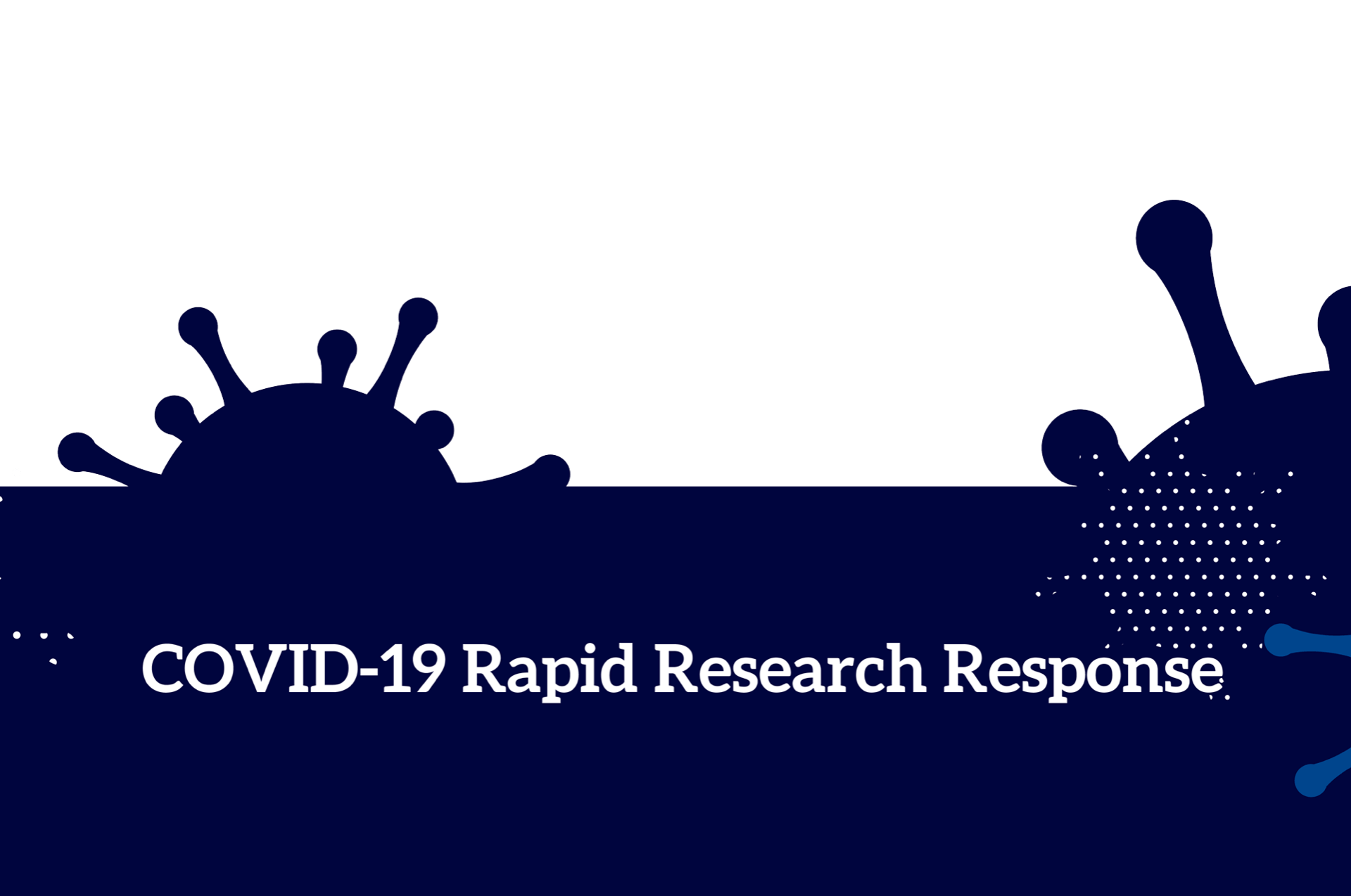
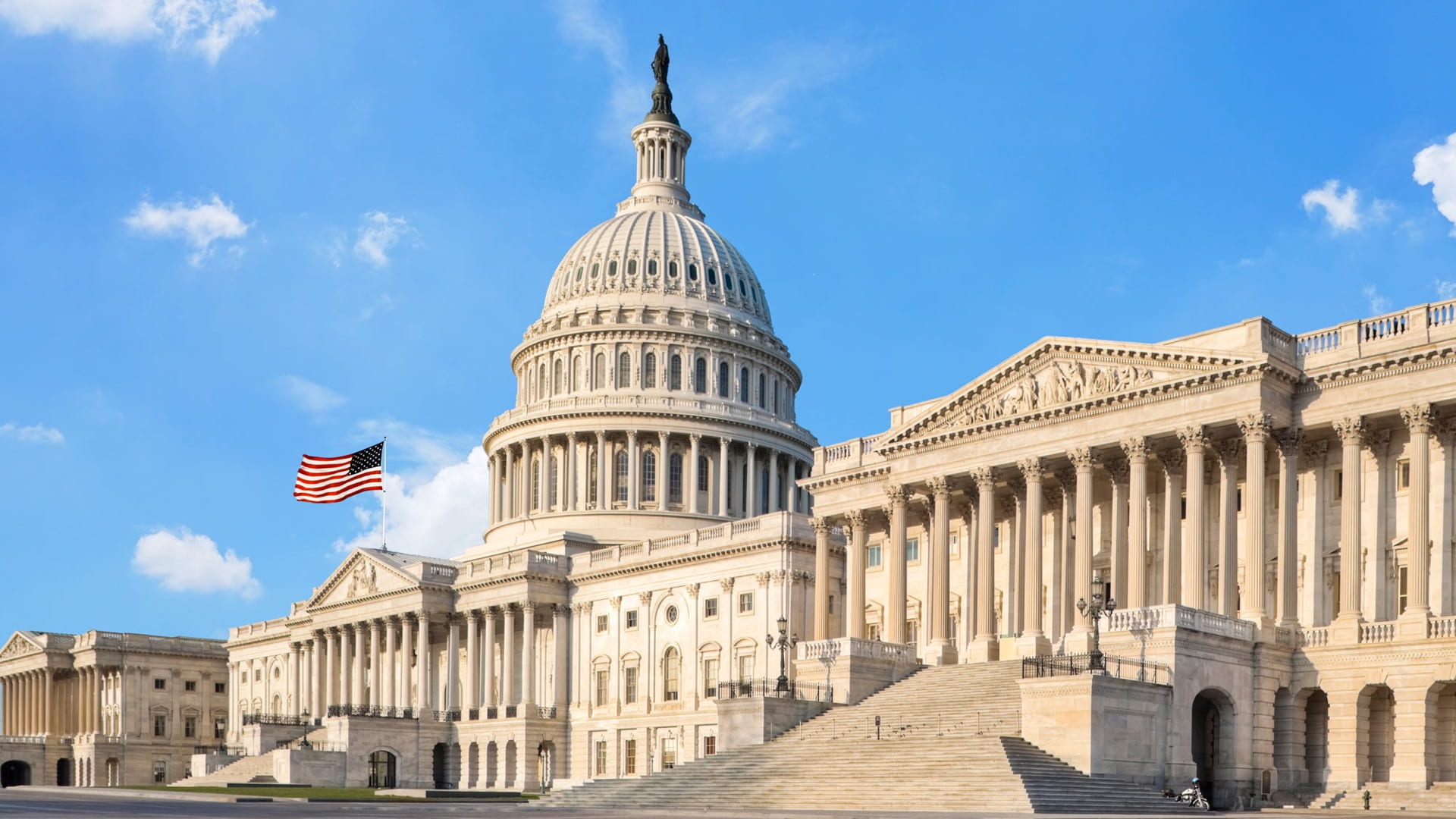
Mincing words: Making research available to policymakers during COVID-19
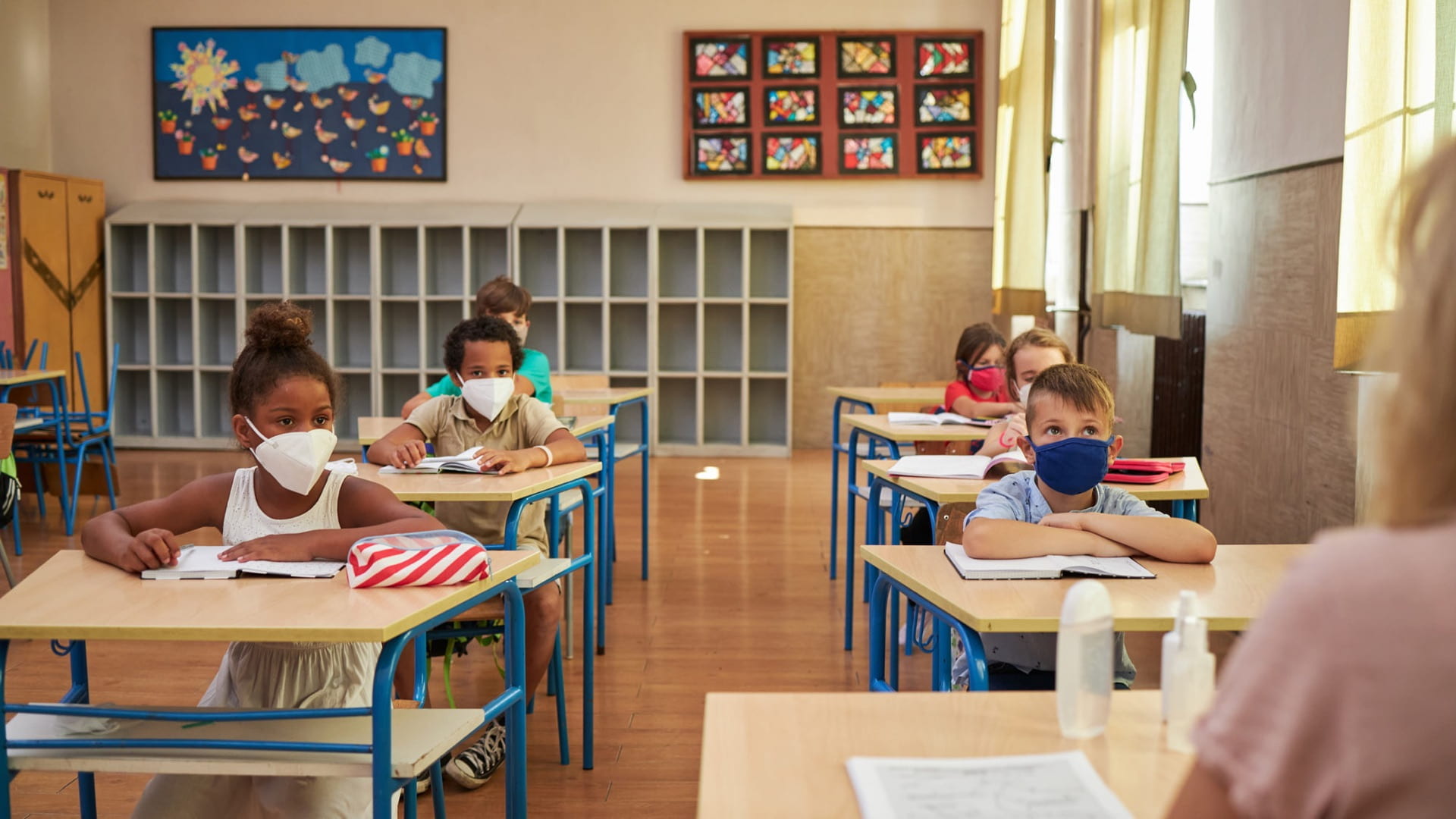
Caring for vulnerable children and families during COVID-19


